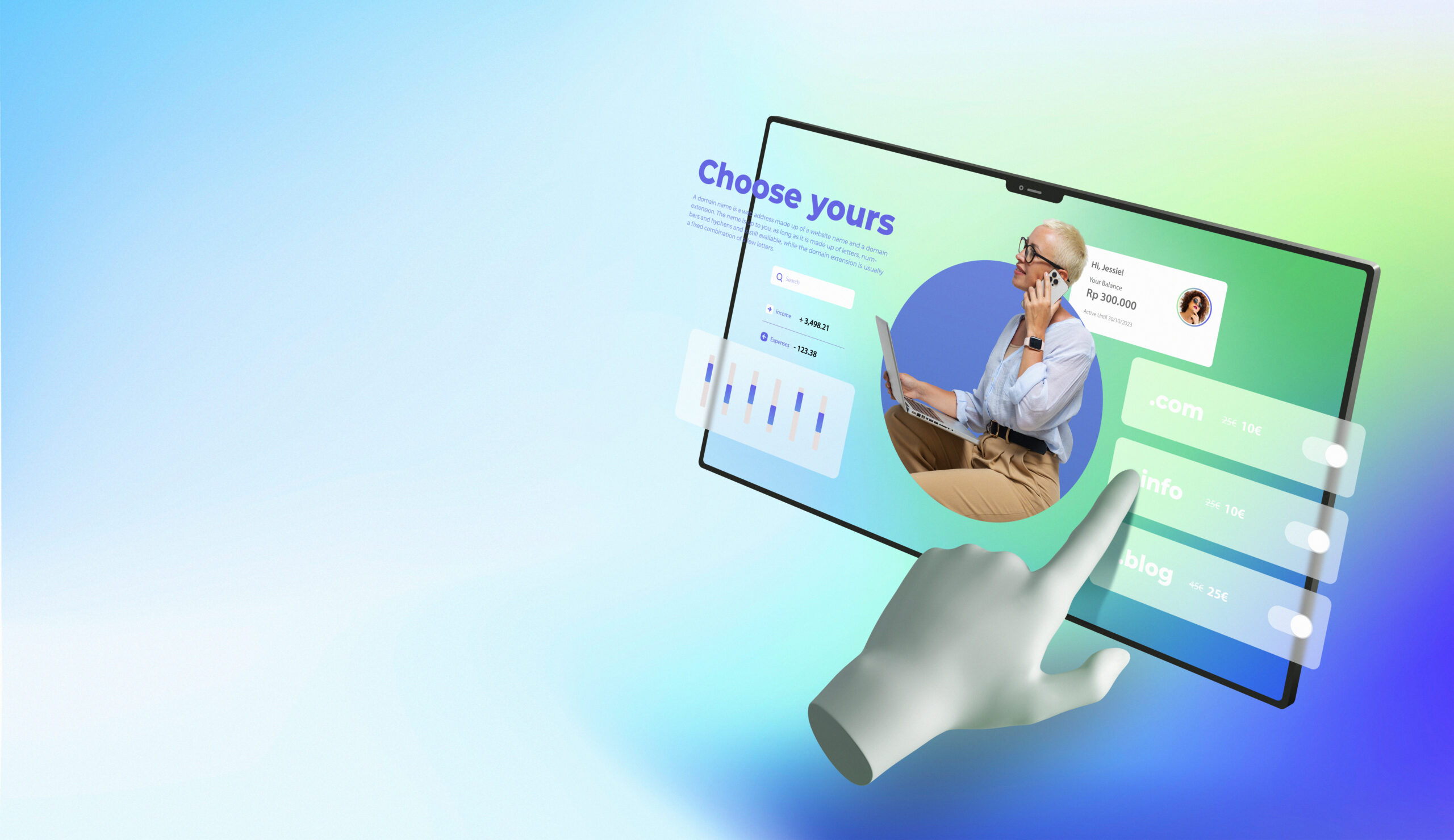Serverless-driven CMS development is revolutionizing web creation, offering unmatched efficiency and scalability. Discover how it’s shaping the future of digital content management.
Optimize, Enhance, Elevate: Your website deserves Developers Services by Webtec.
The Basics of Serverless Computing
Serverless computing is a cloud computing model that eliminates the need for server management by users. It dynamically manages the allocation of machine resources. This approach offers two major benefits for web development: cost efficiency and scalability. By only using resources when needed, serverless computing reduces overhead costs. Its ability to effortlessly handle varying traffic makes it ideal for modern web applications.
The Evolution of CMS
The Content Management System (CMS) landscape has evolved significantly. Traditional CMS platforms, often bulky and server-reliant, are giving way to serverless architecture. This shift is driven by a demand for more agile and scalable solutions. Serverless CMS offers a more streamlined, efficient approach to content management, aligning with the fast-paced digital environment.
Continue exploring this theme in Benefits and Drawbacks of Using Content Management Systems (CMS).
Benefits of Serverless-Driven CMS Development
Serverless-driven CMS brings a host of advantages, making it a compelling choice for businesses and developers:
- Scalability: It effortlessly scales to handle increased traffic, ensuring consistent performance during peak times.
- Cost-Effectiveness: Pay-per-use pricing models significantly reduce overhead costs, as you only pay for the resources you use.
- Enhanced Performance: Serverless CMS can offer faster load times, improving user experience.
- Flexibility: It allows for easy integration with various technologies and services.
- Maintenance and Updates: These are handled by the service provider, reducing the burden on your team.
These benefits underscore why serverless-driven CMS development is becoming a go-to approach for efficient web content management.
Challenges and Solutions in Serverless-driven CMS Development
While serverless CMS offers numerous benefits, it also presents unique challenges:
- Security Concerns: The distributed nature of serverless applications can pose security risks.
- Solution: Implement robust security practices like regular audits and adopt a secure serverless framework.
- Complexity in Management: Managing a serverless architecture can be more complex due to its distributed nature.
- Solution: Utilize tools specifically designed for serverless environments to streamline management.
Addressing these challenges is crucial for leveraging the full potential of serverless CMS.
Case Studies: Success Stories
Several businesses have reaped the benefits of serverless-driven CMS:
- E-commerce Website: An e-commerce site uses serverless CMS to manage dynamic content, resulting in faster load times and improved customer experience.
- Marketing Campaign: A digital marketing campaign leveraged serverless CMS to efficiently handle high traffic volumes without compromising performance.
These examples demonstrate the practical benefits and adaptability of serverless CMS in diverse scenarios.
Future Trends in Serverless CMS Development
The future of serverless CMS looks promising, with several trends emerging:
- Increased Integration: Expect tighter integration with AI and machine learning for more personalized content experiences.
- Greater Accessibility: Serverless CMS will become more user-friendly, making it accessible to a wider range of users, not just developers.
- Enhanced Security Features: As security remains a priority, future serverless CMS platforms will likely incorporate advanced security measures.
These trends indicate a trajectory towards more intelligent, accessible, and secure serverless CMS solutions.
Conclusion
Embracing serverless-driven CMS development marks a significant step in modern web solutions. Its efficiency and scalability are unmatched, offering a new perspective in digital content management. This technology isn’t just a passing trend; it represents a pivotal shift in how websites are developed. It equips you with the capability to adapt swiftly, manage costs effectively, and provide superior user experiences.
Now is an ideal time to explore serverless CMS. Its potential to streamline content management and elevate your digital presence is immense. With serverless CMS, staying ahead in the fast-paced digital realm becomes a more achievable goal.


